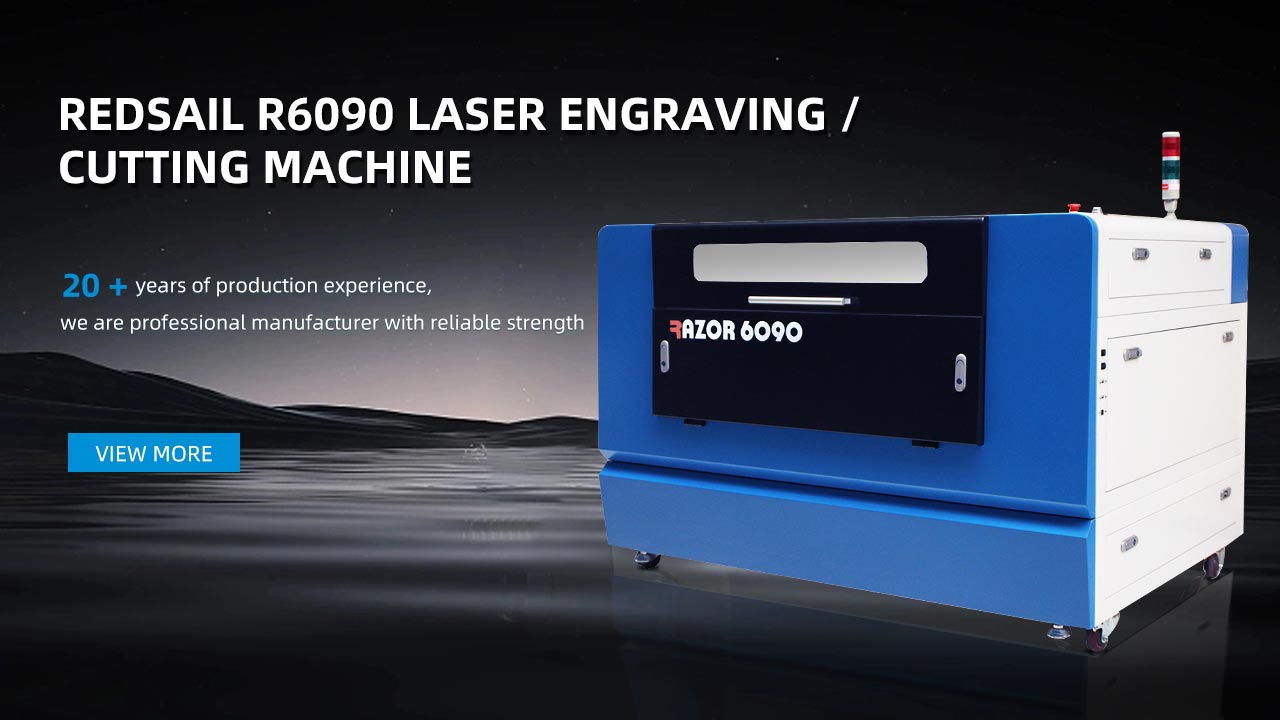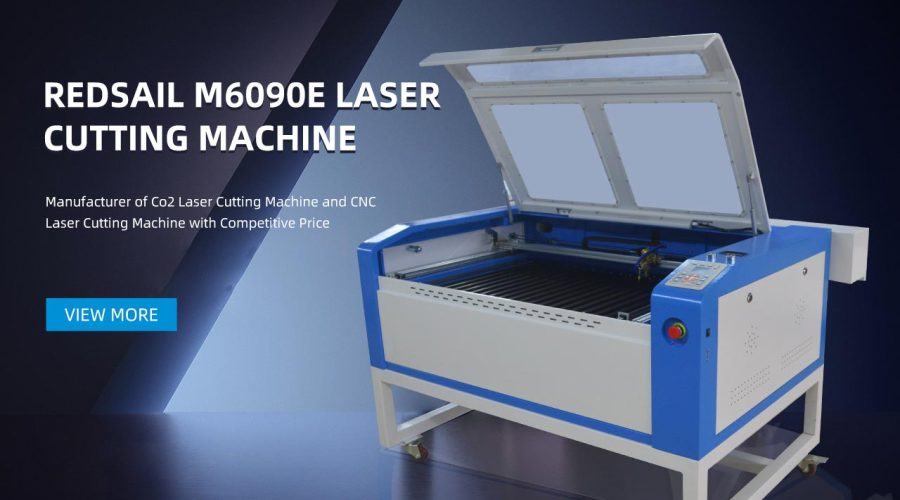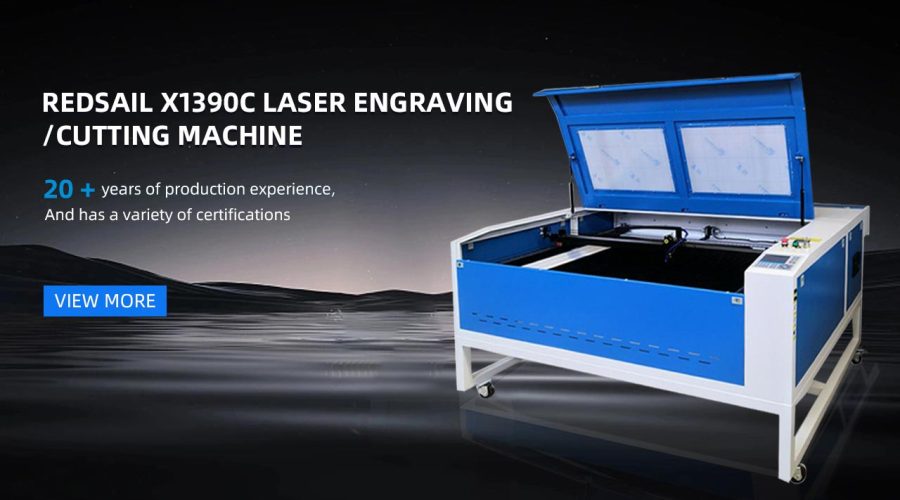Is It Possible to Create a DIY Laser Cutter for Wood at Home?
Woodworking enthusiasts and DIYers often wonder whether it’s possible to create their own laser cutter for wood at home. Laser cutters have become popular tools for a wide range of applications, including woodworking, engraving, and prototyping. They offer precision cutting, intricate designs, and the ability to work with various materials.
Building a DIY laser cutter for wood at home is indeed possible, but it requires a certain level of technical expertise, access to specific components, and safety precautions. In this article, we’ll delve into the various aspects involved in creating your own laser cutter for wood and address some frequently asked questions.
Understanding the Basics
A laser cutter uses a high-powered laser beam to cut through materials like wood, acrylic, and metal. It operates by focusing the laser beam onto a small spot, resulting in a localized heat buildup that vaporizes or melts the material. The laser’s precision allows for intricate cuts and detailed patterns. Commercial laser cutters are usually expensive, but building your own can be a more cost-effective option.
DIY Laser Cutter Components
Creating a laser cutter involves several key components:
- Laser Module: A powerful laser module, such as a diode laser, is the heart of any laser cutter. It emits a concentrated beam of light at a specific wavelength.
- Mechanical Structure: An accurately designed mechanical structure is necessary to hold and move the laser module along the desired cutting path.
- Motion Control System: This system provides the necessary control for moving the laser module based on the desired cutting pattern.
- Power Supply: The laser module requires a stable power supply to operate efficiently and safely.
- Control Software: A dedicated control software is needed to communicate with the laser cutter and guide its movements.
- Safety Measures: Safety goggles, proper ventilation, and a fire safety system are essential to protect yourself and your surroundings when working with lasers.
Challenges and Considerations
While building your own laser cutter can be an exciting project, there are several challenges and considerations to keep in mind:
- Technical Expertise: A good understanding of electronics, programming, and mechanics is essential to assemble and operate a DIY laser cutter.
- Budget: Building a quality laser cutter can be expensive due to the cost of components, especially the laser module itself.
- Safety Hazards: Lasers are potentially dangerous devices. Proper safety measures must be followed to prevent accidents.
- Legal Limitations: Laws and regulations regarding laser usage vary from country to country. Ensure compliance with local regulations before building or operating a laser cutter.
- Learning Curve: Building and fine-tuning a DIY laser cutter may require time and patience to achieve desired results.
FAQs
1. Is it legal to build and use a DIY laser cutter?
Legal regulations regarding DIY laser cutters vary depending on your location. It’s crucial to research and adhere to local laws regarding the construction and usage of laser devices for safety and legal reasons.
2. How expensive is it to build a DIY laser cutter for wood?
The overall cost can vary depending on the quality of components and features desired. Building a basic laser cutter can still result in a significant investment due to the cost of the laser module itself. Consider your budget and expected usage before embarking on the project.
3. Can I use any laser module for wood cutting?
Wood cutting requires a laser module with sufficient power and appropriate wavelength. Diode lasers, such as CO2 or fiber lasers, are commonly used for wood cutting due to their power and compatibility with the material.
4. Are there any safety precautions to consider?
Working with lasers requires strict adherence to safety precautions. Always wear appropriate laser safety goggles, ensure proper ventilation in your workspace, and have a fire safety system in place. Acquaint yourself with laser safety guidelines and procedures before using your DIY laser cutter.
5. Can I use my DIY laser cutter for materials other than wood?
Yes, a well-designed and configured DIY laser cutter can work with a variety of materials including acrylic, fabric, leather, and certain metals. However, it’s important to consider the specific laser power, wavelength, and other factors to ensure safe and efficient cutting for different materials.





